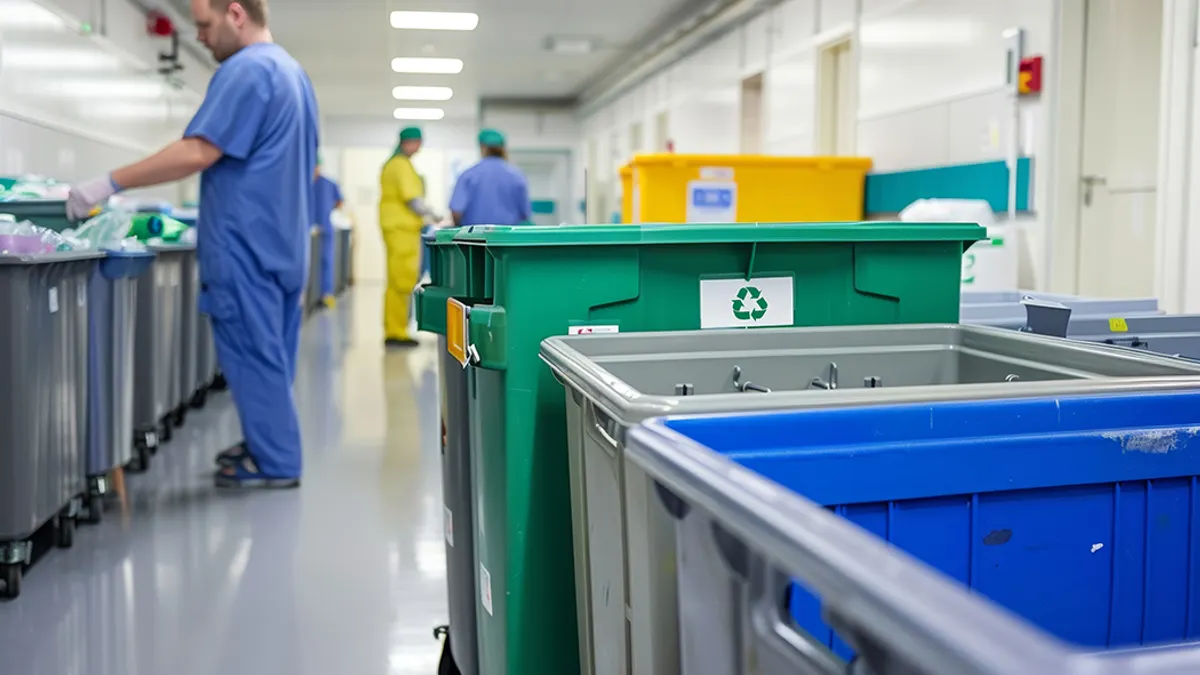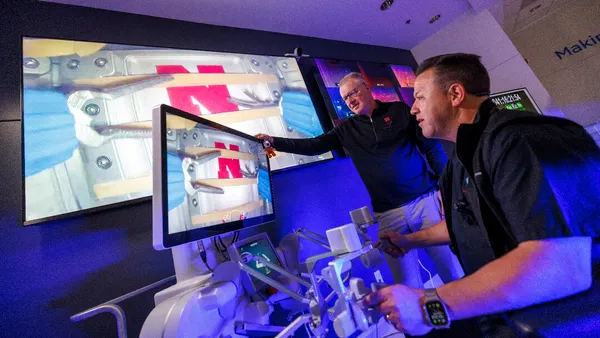Heavy, unevenly weighted medical devices present one of the toughest challenges for sterile barrier packaging. The stresses they place on corners and seals during package performance testing can lead to failures long before a product reaches the clinical setting. Add in the demands of gamma sterilization and long-term shelf life, and the list of performance requirements grows even longer. For many years, these types of packaging challenges have been addressed with multi-material structures which combine different layers for rigidity, seal performance and barrier protection. While effective, these designs are difficult to mechanically recycle and contribute to the growing volume of mixed plastics in healthcare waste streams.
“Today, sustainability has become a cornerstone of our daily lives, prompting a reevaluation of our industry's core objectives,” says Klöckner Pentaplast. “As device manufacturers, healthcare providers and industry suppliers pivot towards a more sustainable future, they are presented with a myriad of options to enhance the sustainability of their packaging. The choice of materials is crucial for sustainability. Recyclable polymers, advanced recycling technologies, and lighter weight structures are all being explored as alternatives to traditional packaging.”
A representative case highlights one such way to improve packaging sustainability. By exploring mono-material packaging structures where both the forming web or tray and the lidding are made from the same polymer family, it is possible to design a package that meets demanding performance requirements while improving its sustainability profile. In this example, an all polyester (PET) film being paired with a polyester-based tray, is capable of maintaining strong, consistent seals that could withstand the distribution stresses caused by the device’s weight and geometry, without the need for dissimilar material layers.
Klöckner Pentaplast states, “Designing packaging that uses fewer materials and is easier to recycle is a priority. This includes both reducing the amount of packaging used (lightweighting) and simplifying the number of materials to make it more recyclable (use of mono-materials).”
The move to a mono-material design also offer a downstream advantage. In most hospitals, top and bottom webs are discarded together at the point of use, without separation. If they are made from different materials, the entire package is treated as mixed waste, even if one component is recyclable. When both webs are from the same material family, the package becomes recycle-ready in facilities equipped to collect and process it, thus removing a major barrier to recovery without requiring changes to existing clinical workflows. Industry organizations such as the Healthcare Plastics Recycling Council (HPRC) are working to address the known gaps in the current collection infrastructure.
Achieving this outcome reflects how much the industry has advanced over the past decade. Historically, mono-material sterile barrier systems for complex devices were considered impractical. The concern was that they could not deliver the right combination of mechanical strength, seal integrity, sterilization compatibility and machinability. Over time, innovations in resin formulations, polymer processing and forming technology have expanded the performance envelope for mono-materials. Today, it is possible to engineer all-polyester sterile barrier systems utilizing enhanced polyester sealant formulations that meet regulatory requirements, run on existing equipment and withstand multiple sterilization modalities. “Innovations in material science are driving development of recyclable polyesters that provide the same device safety and sterility as traditional materials,” notes Klöckner Pentaplast.
This shift is not happening in isolation. Regulatory initiatives such as the EU’s proposed Packaging and Packaging Waste Regulation (PPWR) are pushing for greater recyclability and material simplification. At the same time, advanced recycling technologies are emerging that can handle high-quality mono-material waste streams, particularly for polymers like PET with established collection and recovery infrastructure. These changes make mono-material packaging a future-ready choice, aligning performance needs with evolving environmental and compliance goals.
“For the medical device and medical device packaging industries, the mission has always been clear: ‘to improve patient outcomes and quality of life through the development of safe, effective and innovative medical technologies.’” Klöckner Pentaplast continues, “One might argue our mission has slightly shifted and that we’re now striving ‘to sustainably improve patient outcomes and quality of life through the development of safe, effective and innovative medical technologies, now, and in the future.’”
For healthcare packaging stakeholders, the key takeaway is that mono-material designs are no longer a compromise. They are a practical, validated option that can address the toughest device packaging challenges while improving recyclability potential. As the industry moves toward a circular economy, these structures are likely to play a central role, turning packaging design into a lever for both product protection, patient safety and sustainability progress.









